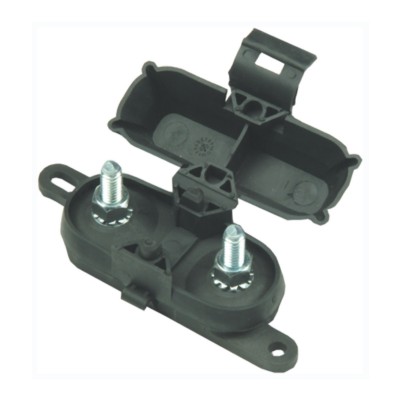Hi,
I have an 89 Fox GT Vert. Recently the stock alternator died. I replaced it with the SVE 130 amp from LMR and upgraded to the 4 ga power wire (yet to do the ground one as well in that size). The car is running underdrive pulleys. With the previous stock alt (when it was alive), the volt gauge would drop to red when I'm stopped and would climb up when I gave it gas. The headlights would dim and brighten with RPM as well. Now that I put in a new alt, 130amp, I expected that issue to go away. However, the lights still dim, and the volt gauge still moves. The alt is working, cuz at idle, I'm getting over 14 volts to the battery (using a multi-meter). I know my 2008 Toyota FJ has stock volt gauge on it-- that thing doesn't move at all. No matter what you turn on.
So, my question-- is it normal for the Fox's volt gauge to be moving, or should I expect it to be steady like the gauge on my FJ?
Thanks!
Julian
I have an 89 Fox GT Vert. Recently the stock alternator died. I replaced it with the SVE 130 amp from LMR and upgraded to the 4 ga power wire (yet to do the ground one as well in that size). The car is running underdrive pulleys. With the previous stock alt (when it was alive), the volt gauge would drop to red when I'm stopped and would climb up when I gave it gas. The headlights would dim and brighten with RPM as well. Now that I put in a new alt, 130amp, I expected that issue to go away. However, the lights still dim, and the volt gauge still moves. The alt is working, cuz at idle, I'm getting over 14 volts to the battery (using a multi-meter). I know my 2008 Toyota FJ has stock volt gauge on it-- that thing doesn't move at all. No matter what you turn on.
So, my question-- is it normal for the Fox's volt gauge to be moving, or should I expect it to be steady like the gauge on my FJ?
Thanks!
Julian




